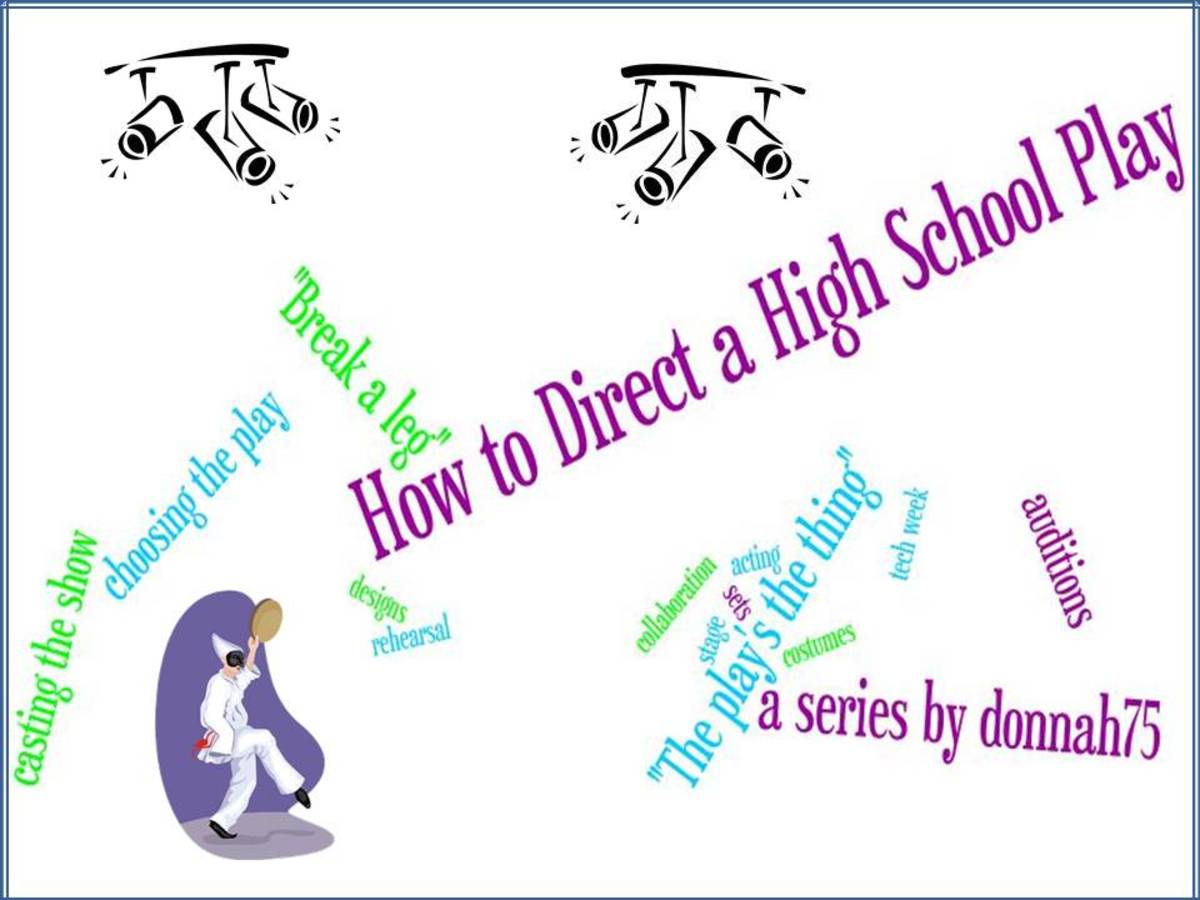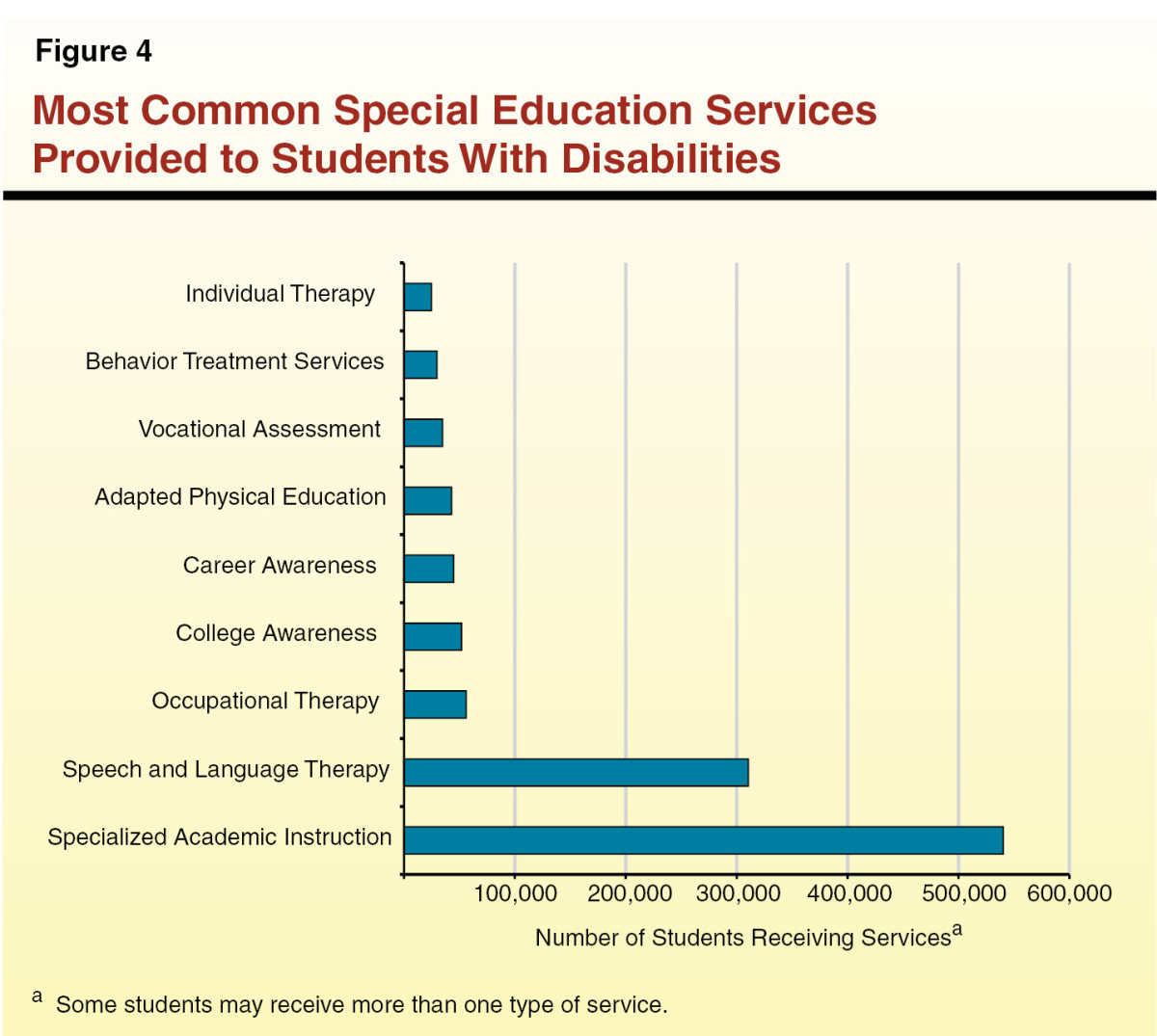Year Round Education: The Pros and Cons of School Calendars
Year Round or Traditional School Calendar
Year round education is a controversial topic, one that often ignites fiery debate. With school budgets the way they are, both public and private schools are in a continual search for ways to increase achievement while decreasing costs. With these goals in mind, schools have been looking at adopting alternative school calendars. This article compares the traditional calendar and the year round calendar by looking at the pros and cons of each plan.
Most schools in America operate on a 10-month system. Originally, this was established when the United States was largely centered around farming. Back then, children often worked, as free labor, in the fields during the summer. Our country has evolved since then, and many people in education now advocate doing away with the system that we’ve used for so many years, a 10-month educational system. With this, many different calendars and educational systems have been both introduced and proposed. This article compares the traditional 10-month system with year round education. In both systems, generally, it means that schools will continue to operate for approximately 180 days. Both systems spread these days out differently with shorter breaks or longer breaks between each term. The most popular example of year round education is what some call the 45-15 plan. This plan has students attending school 45 days and then getting three weeks (15 days) for vacation. The normal breaks, Christmas and spring, are still built into both calendars. Obviously, many other year round plans exist, including but not limited to the 60-20 and the 90-30 plans. When you talk about year round education, you have to consider the possible implementation of the track. Single-track year round education requires an entire school using the same calendar and getting the same holidays for vacation. Multiple-track year round education incorporates groups of students attending school at different times and different vacation times. Multi-tracking usually occurs, because districts try to save money. Year round education is an extremely complex topic with many different variables that must be carefully considered. One has to ask about the motivation behind a school district's decision to change their current calendar from a 10-month system to a year round calendar. What’s best for students? Is the change being made because of budgetary concerns or educational concerns?
Year-Round Schooling: Promises and Pitfalls
Product Description by Amazon.com
Administrators, faculty, and parents have been weighing the pros and cons of year-round schooling for a long time. They cite a variety of reasons for this scheduling change: growing school enrollments, working parents, and shrinking budgets. Hundreds of school districts in the USA and Canada have adopted year-round school schedules and many more are considering the option. This volume provides a comprehensive, research-based explanation of the concept and practice of year-round school scheduling. It reviews a variety of alternative school schedules and contrasts them with the traditional schedules, by showing the effects of year-round schooling on the students, staff, and facilities.
Making the Case for Year Round Education
- Students might tend to forget a lot during the summer, and shorter vacations might increase retention rates. Studies don’t suggest this, but some teachers report that it does help.
- Schools that are not being used in the summer are less efficient, because those rooms can be used by other teachers.
- Short breaks can hypothetically provide time for students to receive enriched educational opportunities.
- Remediation, for struggling students, can easily occur during the school year.
- Many other countries, around the world, use the year round system.
- Schools can house more students, through multi-tracking, and classrooms can accommodate multiple teachers. New schools don’t need to be built, saving a lot of money.
Making the Case against Year Round Education
- Studies have been inconclusive as to the academic benefits of year round education. Most studies indicate that additional breaks lead to lower standardized test scores. Some studies indicate no benefit either way.
- Students are going to forget information whether they are out of school for three weeks or 10. Therefore, teachers will be performing four reviews, for the beginning of the year, instead of just one.
- Summer programs, such as camps and sports, typically suffer regardless of efforts to accommodate the school calendar.
- Teachers have difficulty taking classes for recertification, because many colleges are notoriously inflexible and continue to offer standard coursework schedules.
- Students find that summer employment is virtually impossible.
- Many schools are older and do not have air conditioning. Year round education is less common in the southwest for this reason.
- Utilities almost always cost more with year round education.
- Buildings aren’t maintained as well. Custodians never have a chance to fully clean, wax floors, and provide basic maintenance. This often results in additional replacement costs down the road. This is especially true about floors.
- Extracurricular programs could be hurt because of problems scheduling practices and competitions that are usually not at the school.
- If the entire school district does not go year round, parents could have students at different schools on different schedules. This is also true if parents have students in different school districts.
- With multi-tracking, parents could have students at the same school on different schedules.
- School districts that institute single-track systems almost always adapt into a multiple-tracked system. These systems are far less popular with most teachers, especially elementary teachers.
- Few districts stick with year round education. Most districts try the system and then go back to the traditional calendar.
Conclusion
It’s difficult to compare year round education with a traditional calendar, because ultimately there is no evidence that either plan is more beneficial to students. No conclusive studies have been able to isolate either calendar for the sole reason for academic progress. The cons do outweigh the pros, but one has to look at the district’s needs before jumping to the conclusion that year round education is ineffective. Generally, if a district is looking at improving or maintaining academic performance, it should stick with a traditional, 10-month calendar. If a district is looking at saving money, there are some factors to look at before assuming that year round education is a money saver. Southwestern schools, where cooling costs during the summer are prohibitive, might consider a 10-month calendar. Other schools around the nation might save money by going to a year round calendar. Ultimately, schools that are considering a calendar change need to look at what they are trying to accomplish before deciding. There are no easy answers when looking at a calendar change. With this in mind, districts need to heavily consider one last thing, community support. If teachers and parents do not support the change, it’s destined to fail even if a district has done its research.






